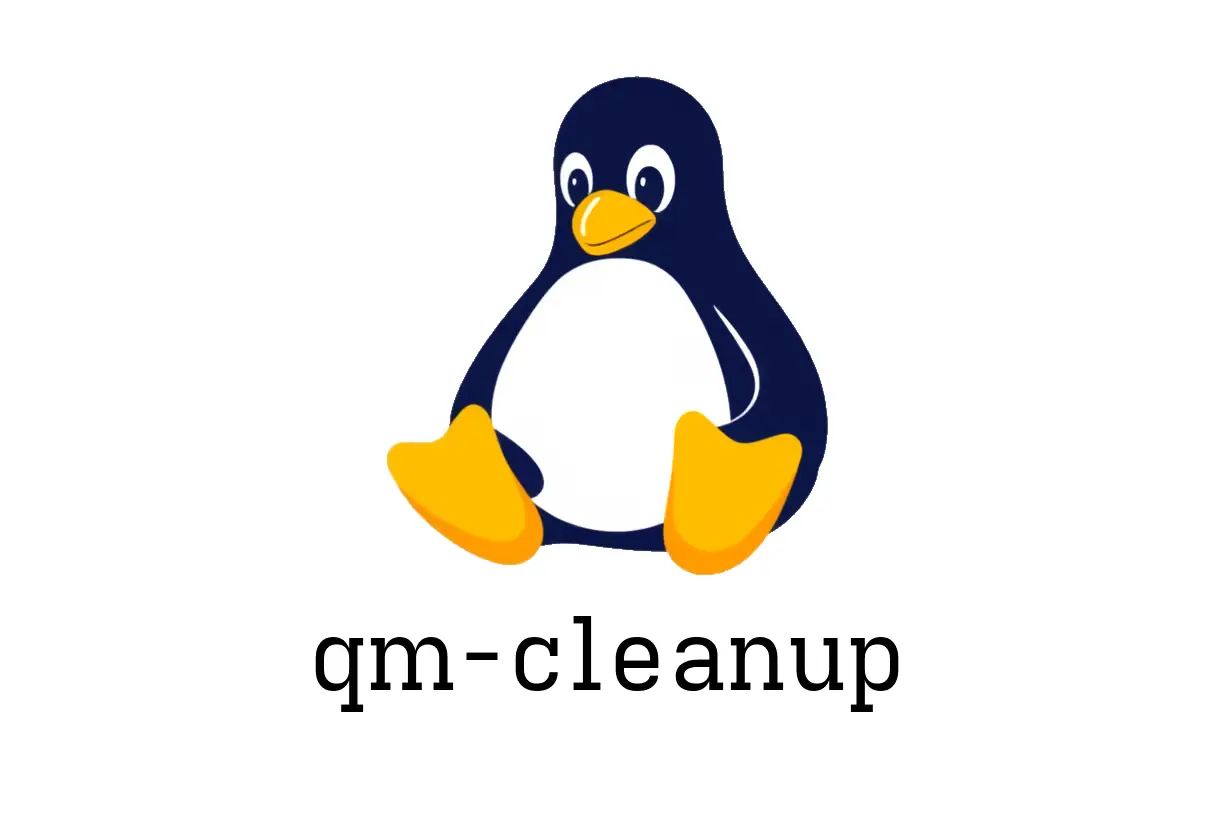
qm-cleanup: Clean up resources after QEMU/KVM VMs
qm-cleanup: Clean up resources after QEMU/KVM VMs
Overview
- Purpose: Clean up resources (tap devices, VGPUs, etc.) that Proxmox QEMU/KVM leaves behind after a VM stops.
- When to run: After a VM shuts down gracefully, crashes, or is forcibly stopped.
- Why it matters: Prevents resource leaks that can block new VMs or cause networking issues.
Syntax
qm cleanup <vm_id> <clean-shutdown> <guest-requested>Parameters
- vm_id: The numeric VM ID you want to clean up.
- clean-shutdown: Whether to perform cleanup as if a clean shutdown occurred. Use true/false depending on your scenario.
- guest-requested: Whether the guest requested the cleanup. Use true if the guest OS asked for it; false if you’re cleaning up after a crash or manual stop.
Examples
Basic cleanup after a clean shutdown
qm cleanup 101 true trueCleanup without guest shutdown request (e.g., after a crash)
qm cleanup 102 false falseCombined scenario: ensure resources are freed after a VM with a specific shutdown mode
qm cleanup 305 true falseCommon pitfalls
- Misinterpreting guest-requested: If you pass true when the guest didn’t request it, you might influence how the cleanup behaves in some configurations. When in doubt, set guest-requested to false for post-crash cleanups.
- Not cleaning up after crashes: If a VM crashes or is killed, resources may linger until you run cleanup explicitly.
- Treating vm_id as a string: Use the numeric ID; quotes are optional but mixing types can lead to parsing errors in scripts.
Tips for scripting
- Validate VM existence first: Check that the VM ID exists in your Proxmox host before running cleanup.
- Use in automation: Combine with VM shutdown hooks or monitoring to automatically call qm cleanup when a VM stops unexpectedly.
Quick sanity check
- After cleanup, verify no leftover tap devices or VGPU allocations remain that could block future VMs.
- Review Proxmox docs for qm.1 to understand any environment-specific flags or caveats: https://pve.proxmox.com/pve-docs/qm.1.html